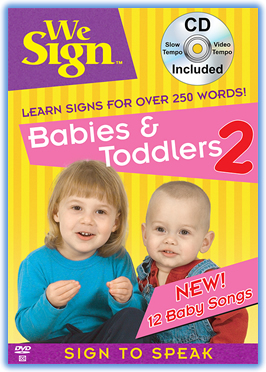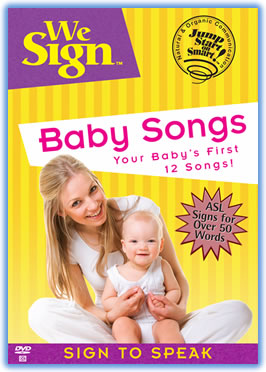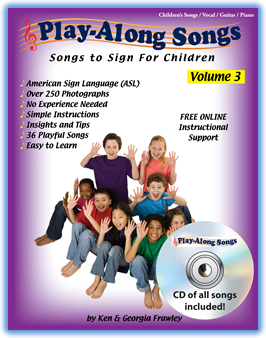
Teaching Baby Sign Language in 5 Easy Steps
FREE Download
Free Jump Start on Signing Chapter from Babies Can Talk
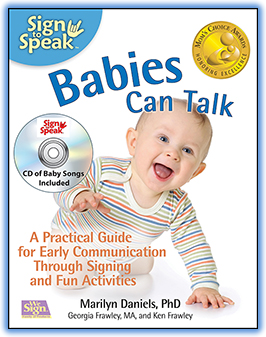
Teaching baby sign language is easy and it requires no previous signing experience. Start with age appropriate baby signs, keep it simple, be consistent, and add more baby signs when your baby begins to sign back. Sign to Speak Babies Can Talk features American Sign Language, ASL, and instructions that will help you to teach baby sign language to your baby allowing them to express their wants, needs, and thoughts, many months before babies can speak.
Babies can use baby sign language to communicate because their abilities to use their hands develop much earlier than their ability to speak. By teaching baby sign language to your children it will allow them to speak lots of words very early and they can have up to twice the usable vocabulary by the time they are 18 – 24 months old.
Here are 5 easy steps for teaching baby sign language
and it features the 3 most used baby signs that you can use:
- Begin teaching baby sign language simply. Start with just a few baby signs adding more as your baby begins to sign back. We suggest that you choose a few signs that go directly to allowing your baby to tell you their wants and needs. Eat is one of the most often used baby signs chosen by parents to teach and it is ideal to use at every meal.
- Teach baby sign language when you have their attention. When teaching your baby signs, be sure you have their attention. Try to keep them focused on your baby signs while saying the words. Keep in mind that their attention span can be very short so never force or coerce their involvement.
- When teaching baby sign language be clear and consistent. Use correct ASL baby signs and enunciate your words clearly when teaching baby sign language. Use the baby sign with a word every time you say it. All Done is another of the most popular baby signs parent’s first teach to their baby.
- Teach baby sign language during special signing times. Use and teach baby sign language at special interactive times during the day when you can gain your baby’s attention. Teach baby sign language at meal time, bath time, and changing time. Teach baby sign language at play time, reading time, and at other interactive times during the day. Find ways to use the baby signs you are teaching during all daily activities with your baby. Learn a few additional baby signs for objects or animals in books or for the toys you are playing so that you can connect the spoken word and baby signs together.
- Be Patient when teaching baby sign language. It does not matter at what stage you begin to teach your baby sign language. Whether you begin at 3 months, 6 months, or 14 months. Once you begin to sign, be patient and you will see the results. Babies generally will begin to sign sometime between 10 and 14 months. Then once they begin, they rapidly begin to add additional signs. More is third of our “Jump Start” baby signs in our Babies Can Talk book.

Eat
Eat: hold the fingertips of one hand together and bring it up to your mouth like you are eating.

All Done - Pos 1

All Done - Pos 2
All Done: Hold up both hands, palms in, fingers spread and in a quick motion turn your hands so they are palm out.
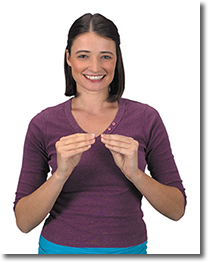
More - Pos 1
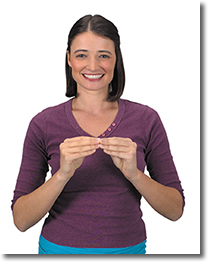
More - Pos 2
More: Hold the fingertips of both hands together and then tap them together.
Download the Jump Start on Signing Chapter from our book. It will provide you with more information about signing and about the 3 “Jump Start” signs we have presented here. We encourage you to use our 3 most popular signs shown here and see for yourself how teaching baby sign language really works to enhance communication and foster early language skills.
Don’t stop when your baby begins to speak. Toddler sign language provides toddlers with a way to learn and remember up to twice the usable vocabulary of their non-signing friends.
